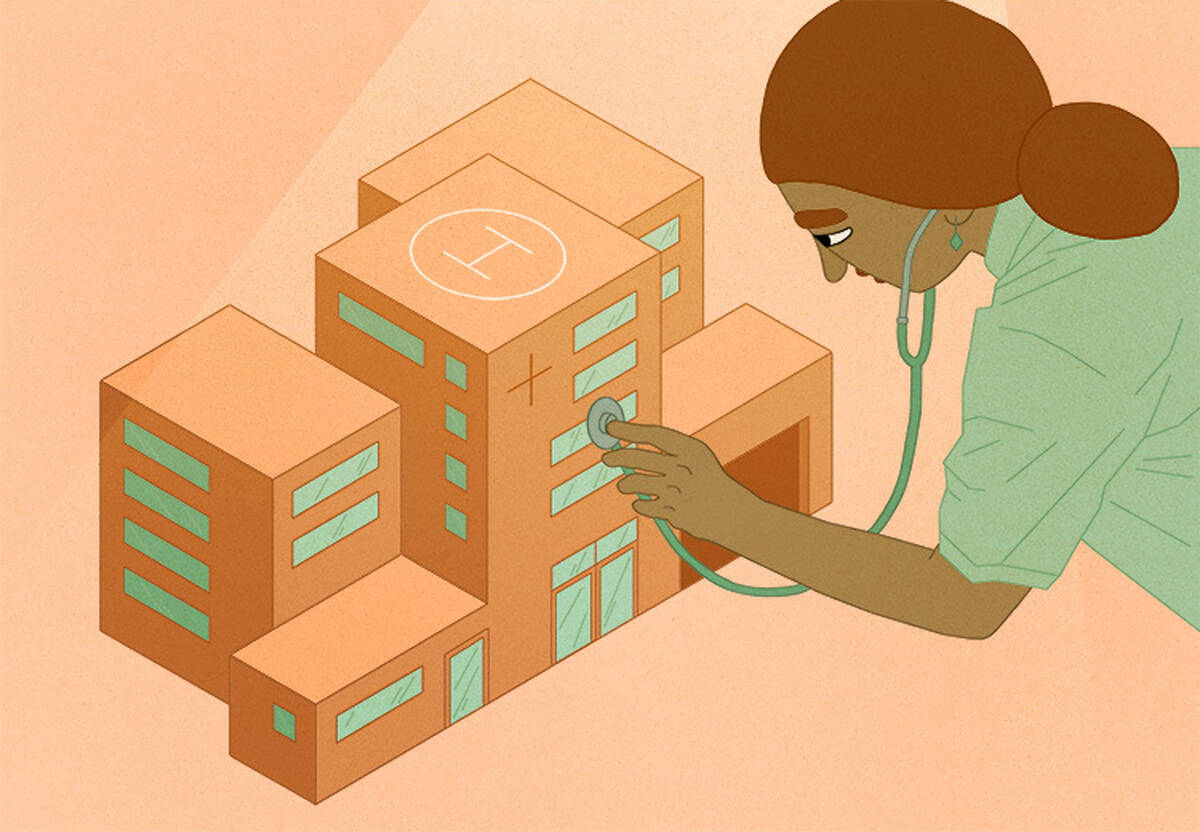Featured Faculty
Elinor and H. Wendell Hobbs Professor of Management; Professor of Strategy; Faculty Director, Masters in Management Program

Lisa Röper
Nurses save lives. It is essential for hospitals, nursing homes, and other healthcare providers to be able to hire them when more are needed. So when regulation gets in the way, the results can be tragic.
Recent research by Benjamin Friedrich of Northwestern University’s Kellogg School of Management and Martin Hackmann of UCLA illustrates these important points. Using data from Denmark, they estimate that for every day a nursing home is short a nurse, more than a day of an elderly patient’s life is lost. When nursing homes are shorthanded, their residents die sooner.
“[When] the nurse-to-patient ratio decreases, nurses are under more time pressure.” This can mean, for example, that patients are not monitored as carefully and acute conditions that may require hospitalization are missed. “They don’t spend as much time with patients, and errors tend to occur.”
Conversely, when hospitals and nursing homes can adjust to imbalances between demand and supply by easily hiring and retaining nurses, this saves lives.
Sadly, adjusting in this way was not easy for Danish healthcare facilities. Friedrich and Hackmann document how various restrictions meant that hospitals and nursing homes could not respond to nurse shortages by offering to pay them more or attracting them from other regions. Thus, when a nurse was out, facilities had little way of avoiding being short-staffed. And when a parental-leave program was instituted across the Danish economy, this led to fewer nurses and lower-quality care at hospitals, with large increases in readmission rates for heart-attack patients. Even worse, nurse-staffing levels at nursing homes dropped by around ten percent, leading to thousands of premature deaths. Inflexible labor markets literally killed people and did so at an astounding rate.
COVID has devastated nursing homes around the world, including in the U.S. For the past year, we have lamented the consequences of policy decisions that have led thousands of nursing-home residents to die prematurely. But one smart thing that many state governments have done is relax regulatory restrictions to allow hospitals, nursing homes, and other healthcare facilities to hire and retain nurses in response to COVID-driven demand increases. For instance, states have allowed nurses who are licensed in one state to practice in other states. This has allowed nurses to practice where they are most needed and has likely saved many lives.
However, many of these policies are temporary, and there will be pressure for governments to reinstitute regulations that make the market for nurses less flexible. This would once again prevent shorthanded nursing homes and hospitals from hiring nurses their patients need. Instead of reinstating regulations, states should institute policies that make labor markets for nurses more flexible, including arranging for reciprocity with respect to licensure requirements. Well-working, flexible labor markets for nurses are critical for nursing homes, hospitals, and their patients—not only during COVID but also after the pandemic recedes.
Friedrich, Benjamin and Martin Hackmann. 2021. The Returns to Nursing: Evidence from a Parental Leave Program. Review of Economic Studies.